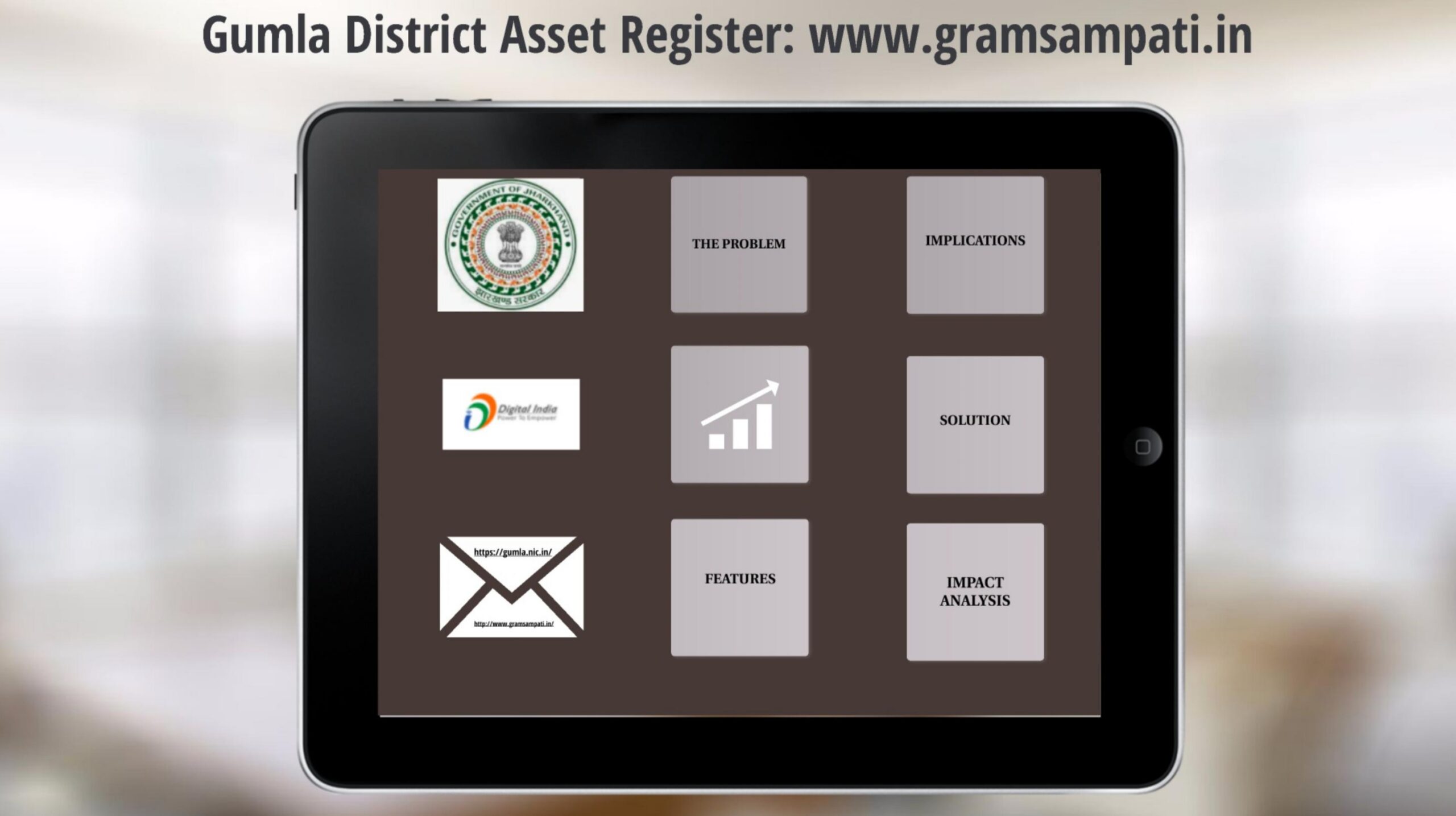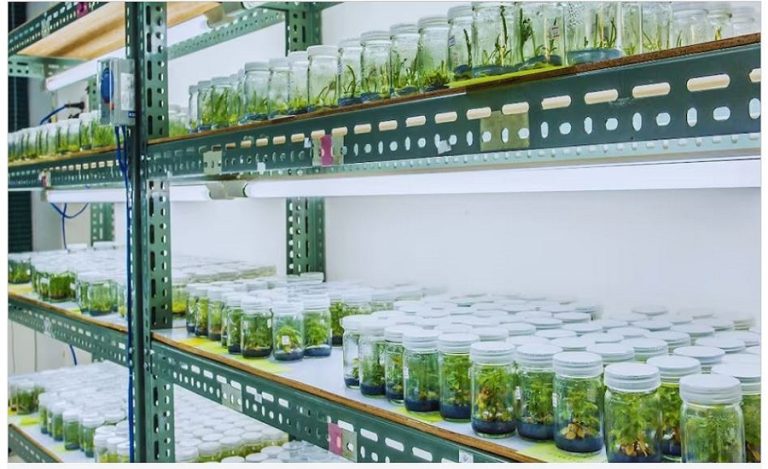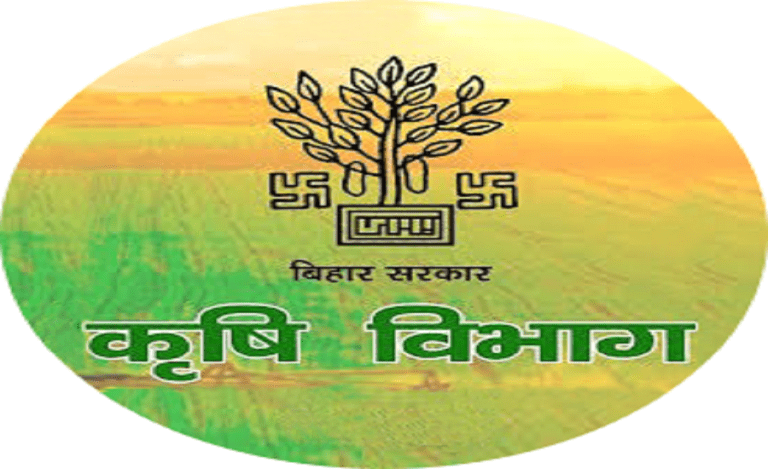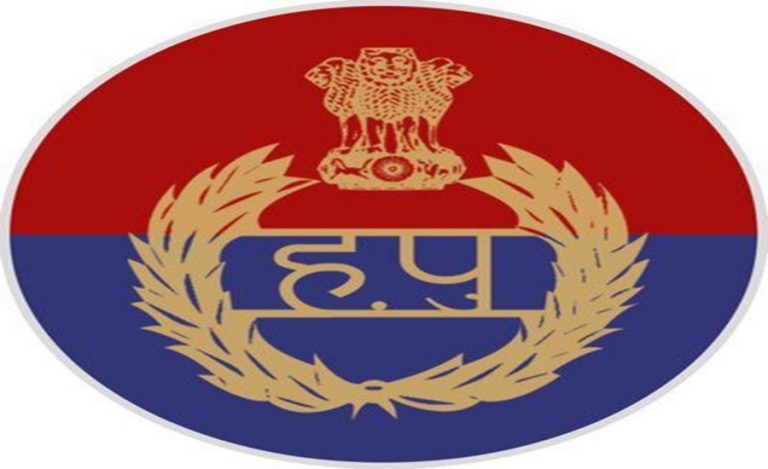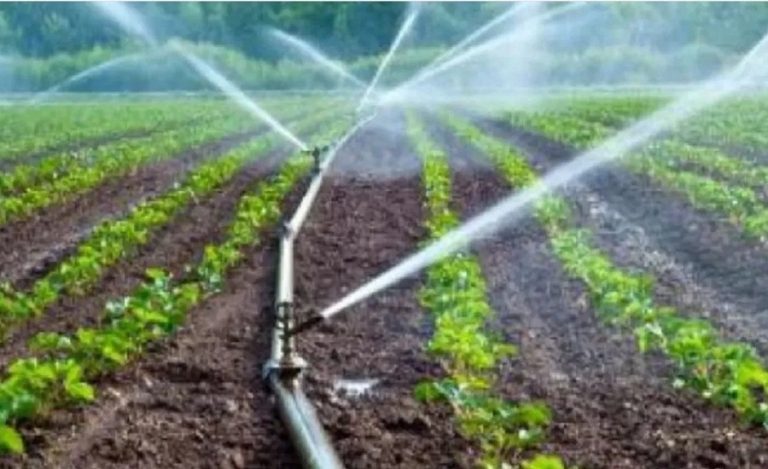That technology can be a boon and a game changer in governance if leveraged in the right way has been proved by a young IAS officer, Mr. Karn Satyarthi, who is the Deputy Development Commissioner in Gumla, Jharkhand. He came up with the idea of a digital register through which the administration can get pictures and information of any civil asset with just a click of the mouse. He named the digital asset register, Gram Sampati.
Indian Masterminds got in touch with the officer to get more details about this initiative.
GRAM SAMPATI
There are numerous government buildings or small check dams built long ago but lying unused now in a dilapidated state. However, most of these buildings or structures are not recorded. A lot of money goes into the making of such civil infrastructure, but no clear-cut records are maintained that can be checked later for information.

“To get detailed data on any public work, there is a long procedure. At least three to four days of searching is required to find the records of details like the estimate, scheme under which it was built, why it is not being used now, was it a case of duplication or not, were money drawn twice or thrice using the same scheme, etc. Noting all this, I planned to create the Gram Sampati digital asset register, through which one can easily access information about any civil asset that is completed or an ongoing project.”
SOURCES
In October, 2020, the administration of Gumla district started creating this digital asset register. IAS officer Satyarthi informed that they sourced information from two sources.
First source is the information that is available but is not in the correct format. For example, schemes like MNREGA, which has a huge repository of all the work done through them. Then there are the schemes that come under Pradhan Mantri Awas Yojana, the 15th and 14th Finance Commissions, where information is not easily accessible as NIC and the Government of India are involved.
“We will have to route the information through the state government. Right now, we are picking up the information from their websites,” Mr. Satyarthi said.
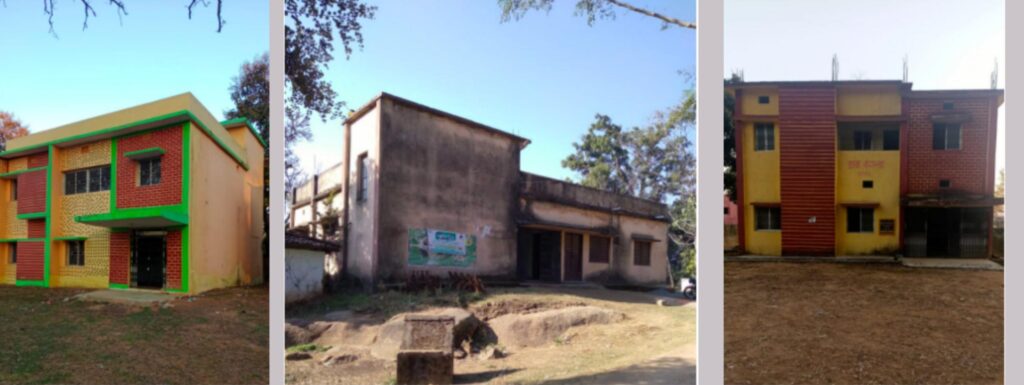
The second source is the schemes like the district mineral fund trust, MLAAD, MPLAD and special central assistance, untied funds. There are many such schemes through which work is done in the district and they don’t have any online MIS or geotagging facilities.
“For this, I have created google forms and google sheets and we are surveying all such assets which are ongoing as well as completed and then entering them into the website,” the officer informed.
ADVANTAGES
Mr. Satyarthi further said that there are many advantages of the digital assets register which they have initiated. Some of them are:
- Detecting fake assets as all the assets will be geotagged
- Assessing contactors’ performance
- Assessing the performance of the engineering department
- Easy to catch duplication
IMPACT
The administration has identified around 400 anganwadis whose structures were built around 5 to 10 years ago but are now in a dilapidated condition and children are facing problems as a result.
“We have decided to renovate these anganwadis. We will provide everything, from civil work to required playbooks for the children,” the officer said.
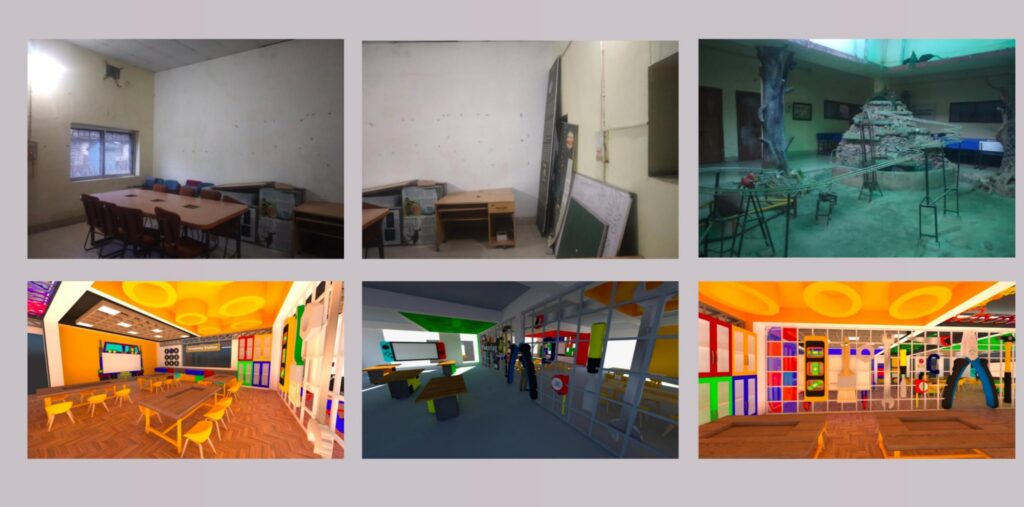
Out of the 400 anganwadis, 170 have already been renovated and the rest are in the process.
FUTURE PLAN
“I was planning to test the concept, to see whether technologically it will be possible or not. The result of the first phase was very encouraging,” Mr. Satyarthi said.
The administration is now planning to start the second phase. The second phase plan is to open it to the public. For example, if any citizens of Gumla district finds an unused or dilapidated public asset beside their house or colony, they can mark it on the website itself.

“We are also looking forward to include some more sophisticated analytical reports on the website. Our aim is to integrate the website with the GOI website which already has similar data, although not exactly in the format that I want,” the officer concluded.

